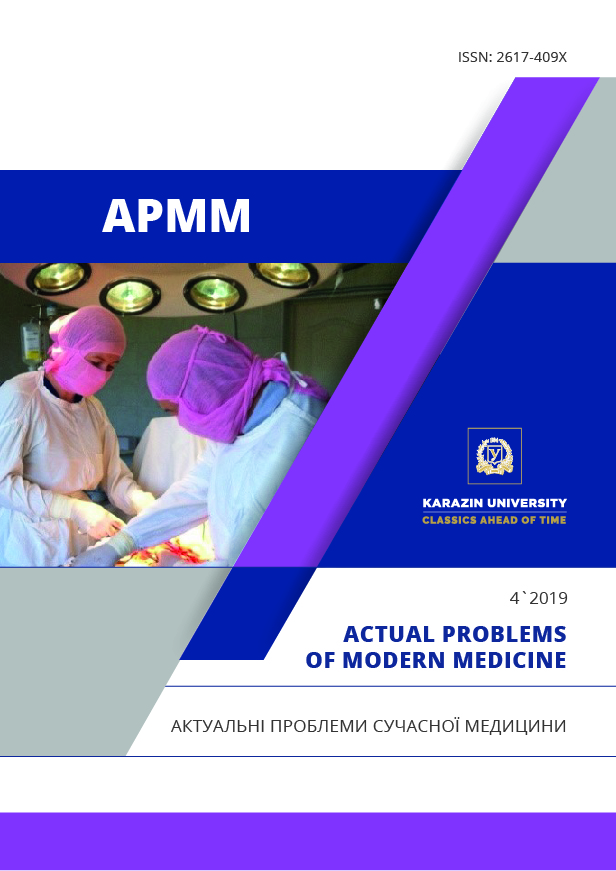Physical activity trends in the world and among medical students
Abstract
Physical activity is currently one of the most important components of health and longevity. Our environment has changed significantly lately. Technological progress is growing very fast. The technology around us shows us comfort. All these factors significantly reduce the level of physical activity in everyday life. This increases the level of noncommunicable diseases, which significantly reduce the quality of life and life expectancy of people around the world. All that we need, with such a significant decline in our health is physical exercise. The aim of the study is to study the trends in the level of physical activity in the world and among medical students during training. To achieve these goals, an information-analytical analysis of the level of physical activity in the world was carried out, as well as data on the level of physical activity of students were analyzed. The article provides literature data on the quantitative and qualitative composition of physical activity in everyday life, individual data on the level of physical activity of medical students. Weekly physical activity was from 31.7% to 35.1% at different periods of study. At the same time, the absence or low level of physical activity was noted among third-year students - 62.5% and 40.5% (p <0.05) in the fifth year of study. With these positive changes in the student learning process, it was found that from 20.6% to 24.3% of students spend less than two hours a day communicating on social networks. All the rest spend much more time on this type of communication. It was found that the level of physical activity is very low. To achieve the normative level of physical activity, which has a direct relationship with health, It is necessary to increase public awareness on the importance of physical activity and its impact on health, as well as to recommend a reduction in student’s time management, and to provide them with the opportunity to participate in sporting activities.
Downloads
References
Global Action Plan On Physical Activity 2018-2030 (2018) Retrieved from URL: https://apps.who.int/iris/bitstream/handle/10665/272722/9789241514187-eng.pdf
Global Strategy on Diet, Physical Activity and Health (2019) Retrieved from URL: https://www.who.int/dietphysicalactivity/pa/en/
Alex M. Azar II Secretary U.S. (2018) Physical Activity Guidelines for Americans 2nd edition Department of Health and Human Services Retrieved from URL: https://health.gov/paguidelines/second-edition/pdf/Physical_Activity_Guidelines_2nd_edition.pdf
Health Communication and Health Information Technology (2018) Retrieved from URL https://www.healthline.com/nutrition/10-benefits-of-exercise
Lawrence Robinson, Jeanne Segal, Ph.D., and Melinda Smith, M.A. Last updated. (2019) The Mental Health Benefits of Exercise Retrieved from URL: https://www.helpguide.org/articles/healthy-living/the-mental-health-benefits-of-exercise.htm?pdf=13390 June 2019
Iuliia Pavlova, Bogdan Vynogradskyi, Zbigniew Borek, Irena Borek (2015) Life quality and physical activity of Ukrainian residents https: Journal of Physical Education and Sport Vol., 15(4), Art 124, pp. 809 – 814. Retrieved from URL: efsupit.ro/images/stories/nr4.2015/Art124.pdf




